3D printing and occupational therapy
3D Printing for Occupational Therapy Clients
Disclosure
As an Amazon Associate, I earn from qualifying purchases from referral links you use in this post.
Background
3D printing has become more affordable and accessible to the general population. Currently, in 2019 an entry-level 3D printer can be purchased for around $200, with filament material costing about $20 for a 2-pound spool.
The process involves:
- Designing or downloading a 3D model
- Customizing the model to your client’s needs (option, but very OT)
- Converting the model to a language the printer understands (using slicing software)
- Printing the model!
3D printing allows clients to enjoy adaptations and enhancements to their daily occupations. An occupational therapist’s role can include being involved in the designing and 3D printing process for clients, or educating and empowering clients to learn 3D printing itself.
3D Printing Community
A large library of free community-made printable models exists online that can be downloaded and printed without too much technical knowledge. Many youtube videos exist online with tutorials and reviews for the 3D printing world, and even the younger generation can get involved in this new accessible technology. A beginner’s entry cost to 3D printing is becoming more affordable as the cost is required is for hardware, materials, and printing time. Software is completely free to design and print your designs.
Examples
Examples of 3d printed occupational therapy objects on Thingiverse
Client Condition Examples
- Rheumatoid arthritis, osteoarthritis, increased tone in the hand, fine motor deficits, sensory loss in fingers, other hand deformities.
- Any patient wearing a c-collar: post-spinal surgery, spinal fracture, osteoarthritis. Rheumatoid arthritis, wrist amputation, burns, post hand surgery (carpal tunnel, tendon repair)
- Hemiparesis, amputation, TBI, congenital hand deformity and orthopedic injury
- And anything else up to your imagination!
Issues
It is worth noting print issues with 3D printers.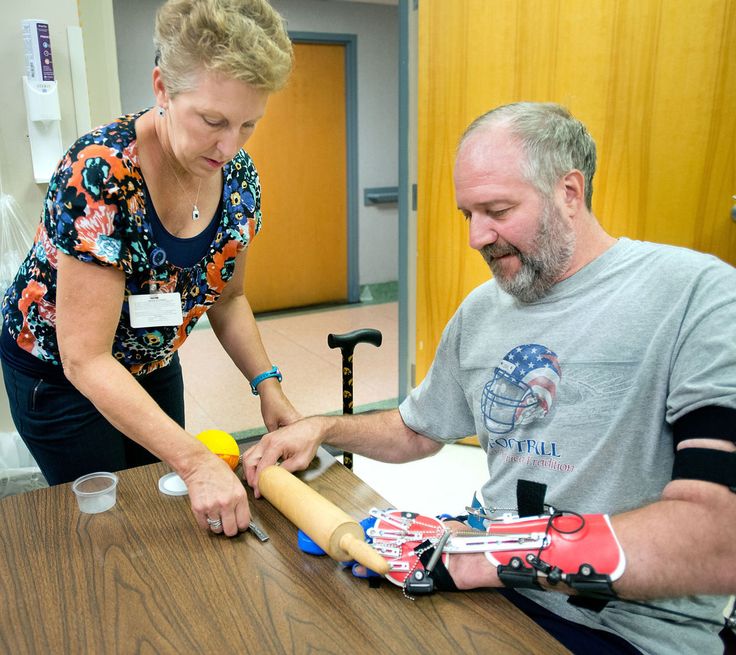 With more entry-level printers, incorrect settings, or clogged/worn out parts may result in imperfections. 3D printing can be both a science (technical) or an art. For OTs, most of clients just need their
With more entry-level printers, incorrect settings, or clogged/worn out parts may result in imperfections. 3D printing can be both a science (technical) or an art. For OTs, most of clients just need their hack adaptation to work.
Check out simplify3d if you are having print issues.
Q&A
Does it require technical knowledge of computers and such?
Ready to go 3D printers exist that are more “plug and play”. As mentioned, models exist that can be downloaded, converted to the correct format, and printed. However, issues can arise during the printing process, and the printers may require maintenance and troubleshooting. More beginner-friendly 3D printers require less assembly and may not even require initial calibration. Depending on whether you are using it for hobby level or professional (multiple prints in short periods), you may require a more expensive 3D printer and filament to outlast your productions. While the process for beginner models are less involved, they are not like home office inkjet printers that only require replacing ink cartridges. There are many moveable parts that may wear and require replacement such as nozzles or the wiring.
While the process for beginner models are less involved, they are not like home office inkjet printers that only require replacing ink cartridges. There are many moveable parts that may wear and require replacement such as nozzles or the wiring.
Is it difficult to create my own designs?
Not at all. Software with a small learning curve exists that is even free. Many children (with supervision, of course – as the surfaces can become very hot!) have been able to design models of their own. So can you learn it to? Of course! All you need is a computer with internet access and a little time to go through a free online tutorial, and you can start dreaming up your design.
- Tinkercad is a free online software for computer-aided design (CAD), and it has several tutorials: https://tinkercad.com/quests/
- Sketchup MAKE is another free design software tool: www.sketchup.com/products/sketchup-make
Do different materials exist to be printed from?
Yes! Some materials are easier to work with than others, but their durability varies. Popular materials such as PLA are easy to print and affordable, but are more succesiptible to higher temperares such as in a car or dryer. Even familiar materials such as nylon and TPA (found in cell phone cases) can be 3D printed! The filaments that can be printed must be compatible with your 3D printer. Also, open to air 3D printers work differently than closed boxed 3D printers for the type of material that can be used most optimally.
Popular materials such as PLA are easy to print and affordable, but are more succesiptible to higher temperares such as in a car or dryer. Even familiar materials such as nylon and TPA (found in cell phone cases) can be 3D printed! The filaments that can be printed must be compatible with your 3D printer. Also, open to air 3D printers work differently than closed boxed 3D printers for the type of material that can be used most optimally.
Are the materials expensive?
The cost of materials varies depending on the application, material used, and how densely they are printed (solid vs. hollow). An instructor at Texas Woman’s University in Dallas has incorporated 3D printing into his coursework for occupational therapy students. The cost of some of the projects range from very cheap to moderate:
- Adapted key turner – $1.18 for filament, total cost $3.18
- Boxed wine spout adapter – $68.81 for total filament
- Sink water spout diverter (inverter) – $2.
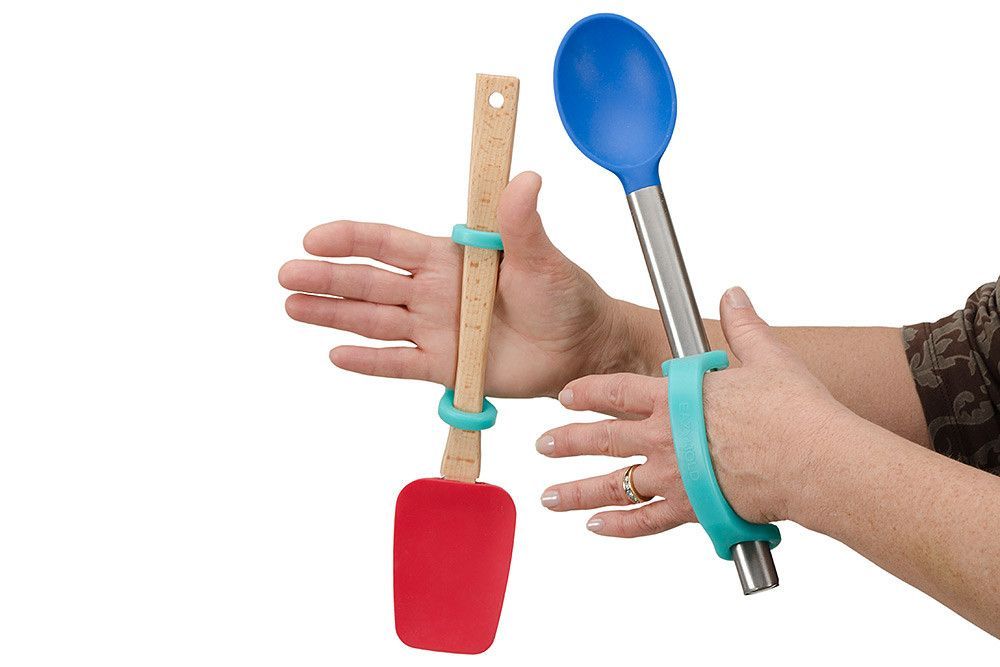 01 for filament
01 for filament - Water bottle cap opener – $15.22 for filament
- Toothbrush holder – $1.27 for filament
- Cock-up wrist splint – $5 for filament, $10 total cost with other materials
- Ball-grip pen adapater – $20.44 for filament
- Right angle utensil holder – $5.94 for filament
- Book page holder – $2.25 for filament
- Shopping bag holder – $8.06 for filament, $10.13 total
If you have looked in an OT catalog, these prices are extremely affordable compared to commercially made products. Of course, these products can vary from well-researched to poorly made as well. The appeal of 3D printing for occupational therapy is the customizability (to fit the client), low cost, and endless possibility and concept of “if you can think of it, you can print it”.
I am not ready to buy a 3D printer, how can I try out 3D printing?
Reddit – What are some good, online, 3d printing services.Check out your local resources. For example, my local library has a 3D printer that offers the resource for free.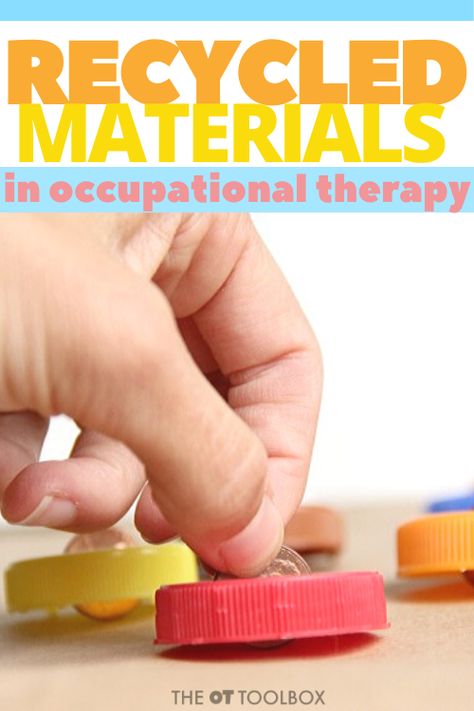 You may only be required to pay for the filament that you use. Of course, in these situations, you are limited by time as you do no have hours and hours to wait for the print. Just like an injet printer setting for “draft vs. normal” – the longer the print time, the better the 3D print quality.
You may only be required to pay for the filament that you use. Of course, in these situations, you are limited by time as you do no have hours and hours to wait for the print. Just like an injet printer setting for “draft vs. normal” – the longer the print time, the better the 3D print quality.
Online printing services also exist to outsource your 3D printing projects. Turnaround times vary and there may be shipping charges, but these companies often have more professional printers and you can expect the printed models to have fewer qaulity issues compared to “hobbyist” type printers.
Getting Started
- 3D Printing for Beginners – All You Need to Know to Get Started
- How To Get Started In 3D Printing
- Dr Vax Youtube Channel
Lastly, Subscribe to OTDUDE.com (Free e-mail newsletter) for 3D Printing for Occupational Therapy updates!
Sources:
elitecme.com/resource-center/rehabilitation-therapy/3d-printing-introduction-for-occupational-therapists-and-students/
A Cost-Effective Analysis of 3D-Printing Applications in OT Practice | The American Journal of Occupational Therapy
Skip Nav Destination
Research Platform| Online August 01 2021
Megan Hunzeker, OTD, R/L;
Rebecca Ozelie, DHS, OTR/L
Author & Article Information
meg. [email protected]
[email protected]
Online Issn: 1943-7676
Print Issn: 0272-9490
Copyright © 2021 by the American Occupational Therapy Association, Inc.
2021
The American Journal of Occupational Therapy, 2021, Vol. 75(Supplement_2), 7512520404p1.
https://doi.org/10.5014/ajot.2021.75S2-RP404
-
Views
- Article contents
- Figures & tables
- Video
- Audio
- Supplementary Data
- Peer Review
-
Share
- MailTo
-
Tools
-
Get Permissions
-
Cite Icon Cite
-
- Search Site
Citation
Megan Hunzeker, Rebecca Ozelie; A Cost-Effective Analysis of 3D-Printing Applications in OT Practice.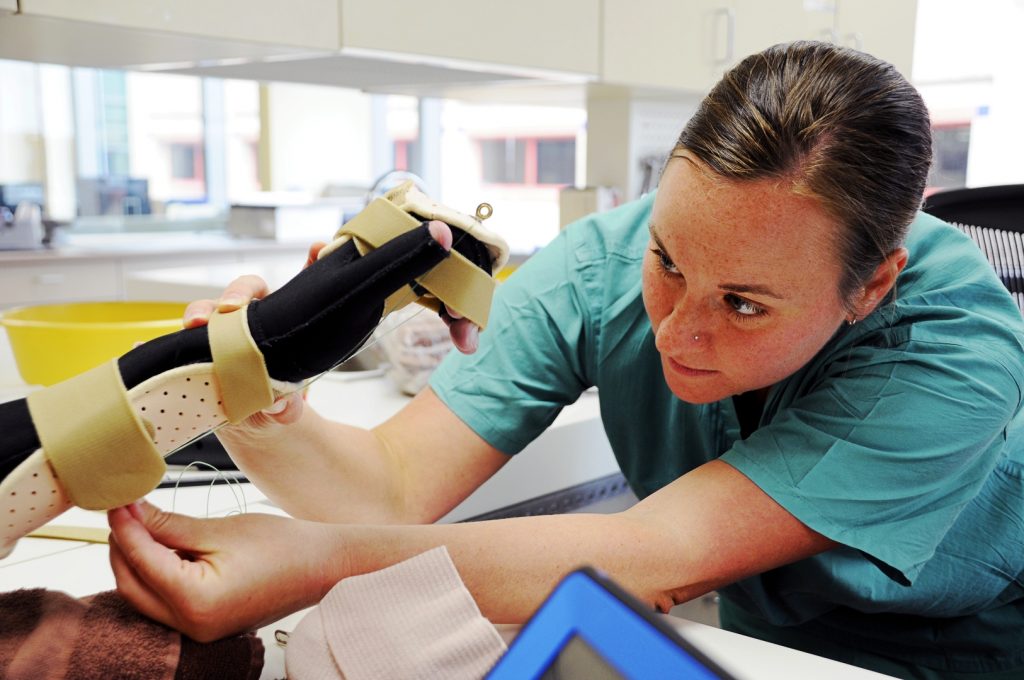 Am J Occup Ther August 2021, Vol. 75(Supplement_2), 7512520404p1. doi: https://doi.org/10.5014/ajot.2021.75S2-RP404
Am J Occup Ther August 2021, Vol. 75(Supplement_2), 7512520404p1. doi: https://doi.org/10.5014/ajot.2021.75S2-RP404
Download citation file:
- Ris (Zotero)
- Reference Manager
- EasyBib
- Bookends
- Mendeley
- Papers
- EndNote
- RefWorks
- BibTex
Advanced Search
Date Presented Accepted for AOTA INSPIRE 2021 but unable to be presented due to online event limitations.
Emerging research supports benefits of three-dimensional (3D)-printing applications in OT. This cost-effective analysis identifies that 3D-printed adaptive equipment is more cost effective, time efficient, and customizable than comparable commercially available items. With increased availability and development of 3D-printing technology, practitioners must be informed on the considerations and evidence for novel interventions that could provide innovative and low-cost items to clients.
Primary Author and Speaker: Megan Hunzeker
Contributing Authors: Rebecca Ozelie
Keywords:
printing, three-dimensional, self-help devices
You do not currently have access to this content.
Don't already have an account? Register
3D printing. What are we breathing?
Hello dear. In this article, I will try to tell you about what and in what quantities can be released from plastics during the FDM 3D printing process. The issue will be considered not from the side of global environmental pollution, but from the side of possible pollution of the room or workshop in which the FDM 3D printer directly operates.
I recommend that you read at least the fourth and fifth sections. Link to the video version of the article at the end. Here is the content of the article: nine0008
1 What and how much is released from plastics?
2 At what point in time is the emission of suspended particles maximum?
3 Effect of print settings
4 Particulate matter and VOC control methods
5 Pins
I must say right away that all the data is again for foreign plastics.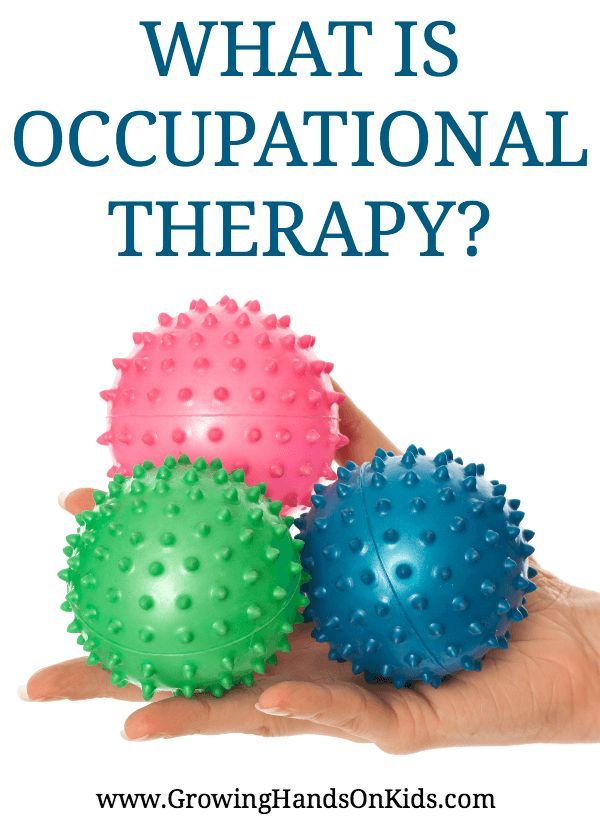 In the comments, you write to me that it would be interesting to read about our materials, and not about foreign ones. Yes, I agree, perhaps the conclusions drawn from my work may not be applicable to "our" plastics. But in defense, I note that, firstly: the conditional foreign ABS should not radically differ from “our” ABS. Secondly, our major producers say that they buy raw materials from European firms. In this regard, I believe that the voiced data should be relevant for domestic filaments. nine0003
In the comments, you write to me that it would be interesting to read about our materials, and not about foreign ones. Yes, I agree, perhaps the conclusions drawn from my work may not be applicable to "our" plastics. But in defense, I note that, firstly: the conditional foreign ABS should not radically differ from “our” ABS. Secondly, our major producers say that they buy raw materials from European firms. In this regard, I believe that the voiced data should be relevant for domestic filaments. nine0003
1 What and how much is released from plastics?
Two types of air pollutants are emitted from any plastic during operation of a 3D printer. Firstly, these are ultra- and finely dispersed (or suspended) particles, the size of which ranges from several nanometers to several micrometers. The second is volatile organic compounds.
In fact, the first group is micro dust, consisting of fragments of plastic, as well as fragments of fillers. In [1], an analysis was made of the release of suspended particles from various plastics during printing of a cylindrical sample with a duration of 60 minutes.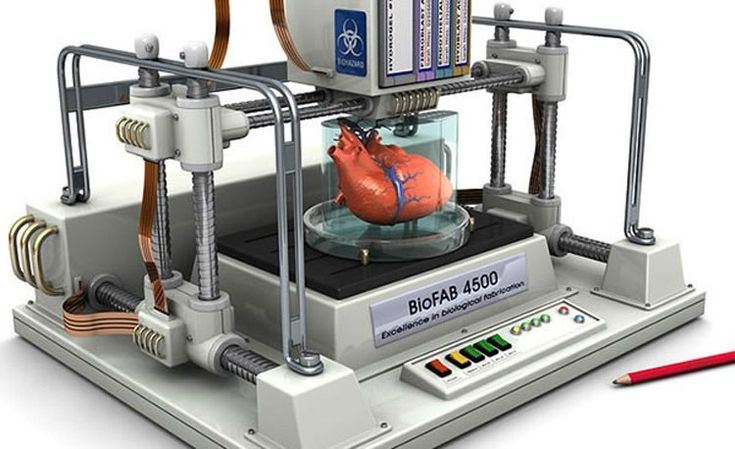 Plastics PLA, PVA, ABS, PC, ASA, nylon were analyzed. An analysis of the results showed an interesting regularity in the intensity of the release of suspended particles during the operation of a 3D printer. Look at this graph: nine0003
Plastics PLA, PVA, ABS, PC, ASA, nylon were analyzed. An analysis of the results showed an interesting regularity in the intensity of the release of suspended particles during the operation of a 3D printer. Look at this graph: nine0003
Zero is the start of printing. It is clearly seen that it is at the very beginning of printing that there is a sharp increase in the concentration of suspended particles, then the concentration gradually decreases. The researchers attribute the initial peak to the nozzle's heating period to operating temperature. At this point, the plastic, which is motionless inside the nozzle, is subjected to prolonged heating and, consequently, thermal degradation. It can be seen from the graphs that such a picture is typical for absolutely all plastics. In support of this, the researchers from [2] come to similar conclusions. nine0003
Now let's look at each plastic separately. I think it will be most interesting for you to find out which plastics are leaders in terms of the number of emitted particles.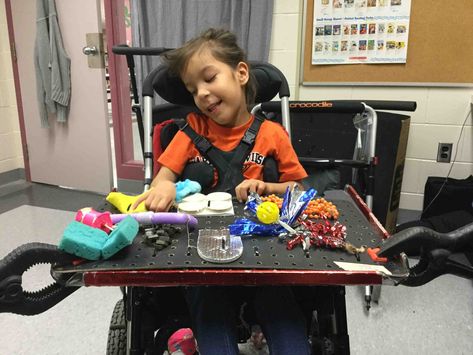 ASA took first place, followed by nylon, PC and ABS, respectively. PLA and PVA turned out to be the most environmentally friendly.
ASA took first place, followed by nylon, PC and ABS, respectively. PLA and PVA turned out to be the most environmentally friendly.
This is how the size distribution of emitted particles looks like when printing a sample for pollution leaders:
And this is how the graphs for PLA of various companies and PVA look like: nine0003
The difference in the graphs is obvious. Please note that PLA and PVA emit particles at the very beginning of printing, and then, after a while, the release of particles almost stops.
Here are the results of measurements made by the authors of another study [3]:
On this graph, manufacturers and the type of plastic are labeled at the bottom, and the intensity of the release of suspended particles is measured along the vertical axis. Again, ABS and PC are among the leaders in terms of pollution. Additionally, HIPS and nylon joined them in this study. The most environmentally friendly again turned out to be PLA.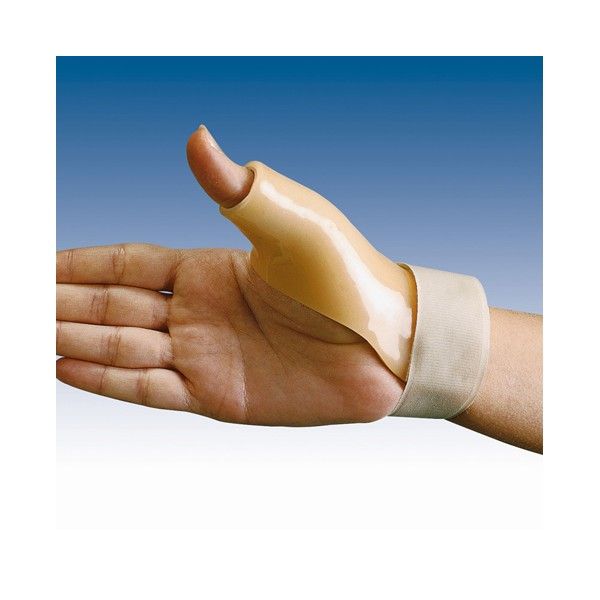 nine0003
nine0003
As far as carbon or fiberglass reinforced plastics are concerned, they are practically unexplored. In one of the works [4], along with other plastics, I was able to find this:
Underlined in red is PETG with 8-12% fiberglass. As you can see, such plastic is the leader in the selection of large particles. Once again I will say that this is the only result that I could find, so I can’t draw serious conclusions here, but anyway I decided to add it to the publication. nine0003
Now let's move on to the isolation of volatile organic compounds. In short, when printing with almost any filament, dozens of different compounds are released. Here, for example, is a table from [4]:
Plastics are signed in the table above. The first column lists the names of the chemical compounds. If there is no number for some connection, it means that it was not fixed by the device during printing with a specific plastic. Analyzing the table, we see that ASA and ABS plastics again become leaders in the anti-rating (ULTRAT is ABS with the addition of 3% polycarbonate). PETG becomes the most environmentally friendly (GLASS Transparent is also PETG, but with the addition of fiberglass). nine0003
PETG becomes the most environmentally friendly (GLASS Transparent is also PETG, but with the addition of fiberglass). nine0003
Now let's turn to the results of research from another work [3], which examines a slightly different set of plastics:
This figure shows two histograms. The left histogram shows plastics with a maximum release of volatile organic compounds up to 40 micrograms per minute, and on the right - with an intensity of more than 40 micrograms per minute. The name of each column indicates the printer on which the material was printed.
Polycarbonate and TGlase (PETT plastic) are the most environmentally friendly. PLA looks a little worse. And nylon turned out to be the worst in terms of the number of emissions. It is interesting to note that for ABS plastics, the amount of emissions is highly dependent on the 3D printer on which they are printed, and can differ by as much as five times. nine0003
Pay attention to polycarbonate. If it is one of the most polluting in terms of the release of suspended particles, then it is the most environmentally friendly in terms of the release of volatile organic compounds.
2 At what point in time is the emission of suspended particles maximum?
Let's look at two graphs from [5]:
The left graph shows the particulate concentration inside the MakerBot 3D Printer, while the right graph shows the particulate concentration in the room where the 3D printer is located. Two peaks on the graphs mean two consecutively printed parts. Again, we see that a sharp increase in the number of suspended particles occurs at the very beginning of the printing of the part. nine0003
And here is another graph from another work [2]:
Shown here are three graphs showing the change in the concentration of suspended solids when printed with ABS plastic. According to the legend, the graphs differ in nozzle temperature. As in the previous work, it can also be seen here that after heating, at the moment of printing, an increase in the concentration of suspended particles occurs. From these graphs, another interesting point is visible.
3 Effect of print settings nine0034
These three graphs show that as the temperature of the nozzle increases, the concentration of suspended particles increases. However, the difference between the charts is significant. Other scientific works [4] confirm this:
This graph shows particulate matter concentration versus ABS nozzle temperature. It can be seen that at a nozzle temperature above 250 degrees there is a sharp increase in the number of ejected particles.
It is interesting to note the effect of printing speed on the concentration of suspended particles. Here is a graph from [2]: nine0003
These graphs show the dependence of the concentration of suspended particles when printing with ABS plastic at different print speeds. We compared printing at speeds of 30 mm/s (FR30 in the graph), 60 mm/s (FR60) and 90 mm/s (FR90). It is interesting to note that the maximum concentrations are observed at an average printing speed. In this case, the minimum concentration is observed for a speed of 90 mm/s.
In this case, the minimum concentration is observed for a speed of 90 mm/s.
4 Particulate matter and VOC control techniques nine0034
4.1 Studies have shown that reducing nozzle temperature reduces the amount of suspended particles released. Therefore, do not raise the nozzle temperature unnecessarily.
4.2 Increasing the print speed reduces the concentration of suspended particles. Another positive effect of increasing the printing speed is to reduce the printing time, which leads to a decrease in the time during which suspended particles are released. nine0003
4.3 Filtration. HEPA filters are effective for almost all sizes of particulate matter, but to be useful, you need a 3D printer with a closed chamber. In addition, HEPA filters do not capture volatile organic compounds at all, which, as it turns out, are emitted in abundance from some plastics. They need charcoal filters.
4.4 Ventilation or ventilation.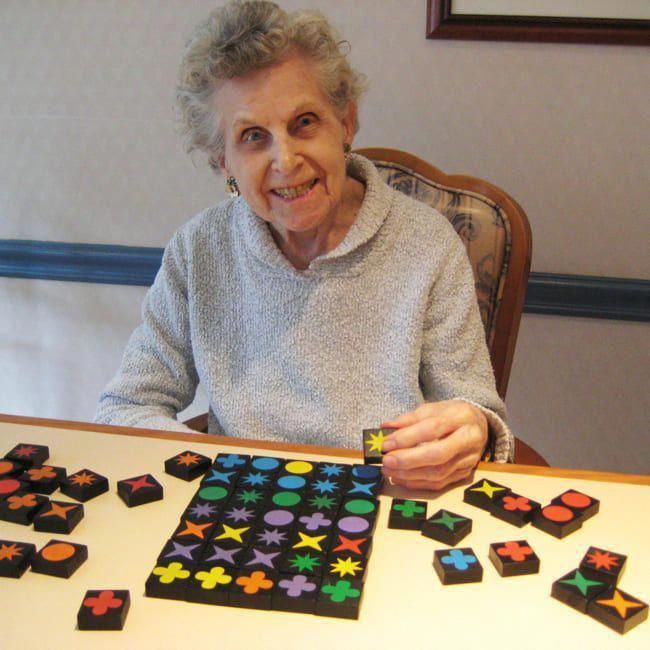 I think this is the most efficient way for most conventional FDM 3D printers used at home and in workshops. Here are pictures from [5] showing the distribution of the concentration of suspended particles in a room with a 3D printer: nine0003
I think this is the most efficient way for most conventional FDM 3D printers used at home and in workshops. Here are pictures from [5] showing the distribution of the concentration of suspended particles in a room with a 3D printer: nine0003
In a well-ventilated room, the concentration of particles is an order of magnitude lower and at a distance of more than a meter from the printer, only slightly higher than the background level.
4.5 Optimize printer performance. In paragraphs 4.1 and 4.2, I have already touched on the printing modes, but the authors of the scientific work [2] went further and proposed an interesting way to reduce the amount of suspended particles released. Its essence lies in the fact that we first heat up the empty nozzle to operating temperature, then load the filament and immediately start printing. After printing is completed, remove the filament. Here are graphs from [2] showing the result of such manipulations: nine0003
Both graphs show the emission of suspended particles when printing ABS with a nozzle temperature of 240°C and a speed of 60 mm/s. The top graph is printing without loading/unloading the filament.
The top graph is printing without loading/unloading the filament.
5 Conclusions
As a conclusion, firstly, I would like to note that such plastics as ASA, ABS and nylon are leaders in terms of the amount of emitted particles and volatile organic compounds. The average highlights are polycarbonate and HIPS. The most environmentally friendly and in terms of suspended particles and volatile organic compounds are PLA and PETG. nine0003
Second, print in well-ventilated rooms or ventilate the room when printing. Try not to increase the temperature of the nozzle unnecessarily.
You may have noticed that I didn't say a word about how harmful it all is. The fact is that the assessment of the harmfulness of all this required quite a lot of time. I haven't been able to get definitive answers yet. Now I’ll just say that it’s rather harmful, especially with regular contact. Therefore, in this article, I deliberately did not touch on the topic of harmfulness. I hope that I will be able to deal with this issue to the end and then I will publish all the results. nine0003
Video version of the article:
That's all for now.
Sources:
1. Chýlek, R., Kudela, L., Pospíšil, J., Šnajdárek, L. (2019). Fine particle emission during fused deposition modeling and thermogravimetric analysis for various filaments. Journal of Cleaner Production, 117790. doi:10.1016/j.jclepro.2019.117790
2. Deng, Y., Cao, S.-J., Chen, A., Guo, Y. (2016). The impact of manufacturing parameters on submicron particle emissions from a desktop 3D printer in the perspective of emission reduction. Building and Environment, 104, 311–319. doi:10.1016/j.buildenv.2016.05.02
3. Azimi, P., Zhao, D., Pouzet, C., Crain, N. E., Stephens, B. (2016). Emissions of Ultrafine Particles and Volatile Organic Compounds from Commercially Available Desktop Three-Dimensional Printers with Multiple Filaments.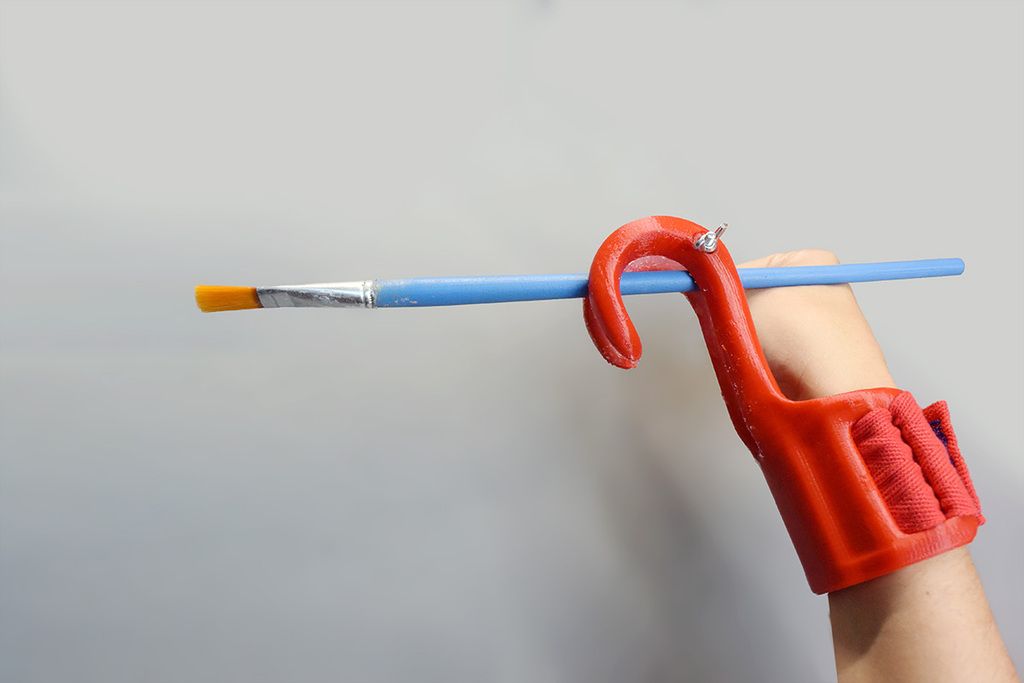 Environmental Science & Technology, 50(3), 1260–1268. doi:10.1021/acs.est.5b04983
Environmental Science & Technology, 50(3), 1260–1268. doi:10.1021/acs.est.5b04983
4. Gu, J., Wensing, M., Uhde, E., Salthammer, T. (2019). Characterization of particulate and gaseous pollutants emitted during operation of a desktop 3D printer. Environment International, 123, 476–485. doi:10.1016/j.envint.2018.12.014 nine0003
5. Zontek, T. L., Ogle, B. R., Jankovic, J. T., Hollenbeck, S. M. (2017). An exposure assessment of desktop 3D printing. Journal of Chemical Health and Safety, 24(2), 15–25. doi:10.1016/j.jchas.2016.05.008
Possibilities of 3D printing: art, fashion, medicine
Sculpture by Monika Gorchikova (Czech Republic)
Expressive sculptures by contemporary artists, dresses for fashion shows, architectural models and parts of the human body - a short guide on how to use 3D printing was compiled by Artyom Dezhurko . nine0003
3D printing was invented by American Chuck Hull in 1984. Modern 3D printers are capable of printing large objects, up to a car body; and use different printing techniques (stereolithography invented by Chuck Hull is just one of them).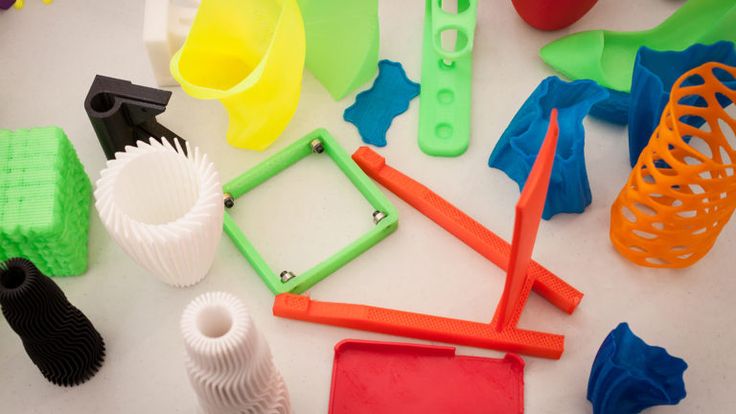 However, whatever the technique may be, the essence is the same: the printer creates an object by building up the material in layers. Thus, you can create an arbitrarily complex shape. 3D printers print from different materials: plastic, cellulose, ceramics, metals, sugar. nine0003
However, whatever the technique may be, the essence is the same: the printer creates an object by building up the material in layers. Thus, you can create an arbitrarily complex shape. 3D printers print from different materials: plastic, cellulose, ceramics, metals, sugar. nine0003
This material is an illustrated overview of how 3D printing is currently used in various fields: art, architecture, technology, fashion, medicine.
Richard DuPont, USA
Nick Erwink, USA
"Princess", Eric van Straten, Netherlands
A modern 3D printer prints layers so thin that they can no longer be seen with the naked eye. Therefore, sculptors love it: 3D printing is the same casting, but technologically simplified and allowing endless replication of the object. Sculptures with her help are very different: from photographically accurate images of famous football players to the vicious postmodern statuettes of Eric van Straten. nine0003
Michael Hansmeyer and Benjamin Dillenburger. Digital Grotesque, 2015
Digital Grotesque, 2015
Study paper by Andy Zheng and Christina Eromenok at RPI School of Architecture
PTW Architects. Model of the Beijing National Water Sports Center, 2007
Most often, 3D printing is used for rapid prototyping - creating models of mechanisms and, especially often, architectural models. In addition, now 3D printers have begun to be used to produce large parts from which prefabricated houses are created. The Chinese company Winsun is experimenting with this technology. nine0003
In the automotive industry, 3D printing scale model production is widespread and seems to have completely supplanted the old plasticine sculpting technique. A model of James Bond's car from the movie "Skyfall" was printed on a 3D printer. And in 2010, a prototype of the Urbee car was created, the entire body of which was printed on a 3D printer.
ideas2cycles, Finland, The Fixer, 2012
Several bicycle frames have been created using a 3D printer (and even an entire Airbike bike - developed by EADS), but in their case there is no talk of mass production yet. More promising is the printing of couplings made of durable plastic, with the help of which in small "garage" bicycle workshops it is possible to assemble frames from factory metal tubes. nine0003
More promising is the printing of couplings made of durable plastic, with the help of which in small "garage" bicycle workshops it is possible to assemble frames from factory metal tubes. nine0003
Chair Gaudi (Bram Genin)
A mold is printed on a 3D printer, which is then used to cast the supporting structure of the chair.
Hot Pop Factory
Sculpture of Charles and Ray Eames DSW chairs scanned and 3D printed.
LINK system
Christian Sjöström, Sweden, 2015.
Prototype Node
Modeling in Grasshopper. Charles Freed, UK, 2015.
3D printed as whole furniture (e.g. Gaudi chairs, designed by Bram Genen, 2009) and piece by piece (designed by Benjamin Vermeulen), as well as connections with which prefabricated furniture can be assembled without using bolts and nuts. Such joints have been made before, but 3D printing has greatly simplified their production.
Noah Raviv. Hard copy collection. 2014
Noah Raviv. Hard copy collection.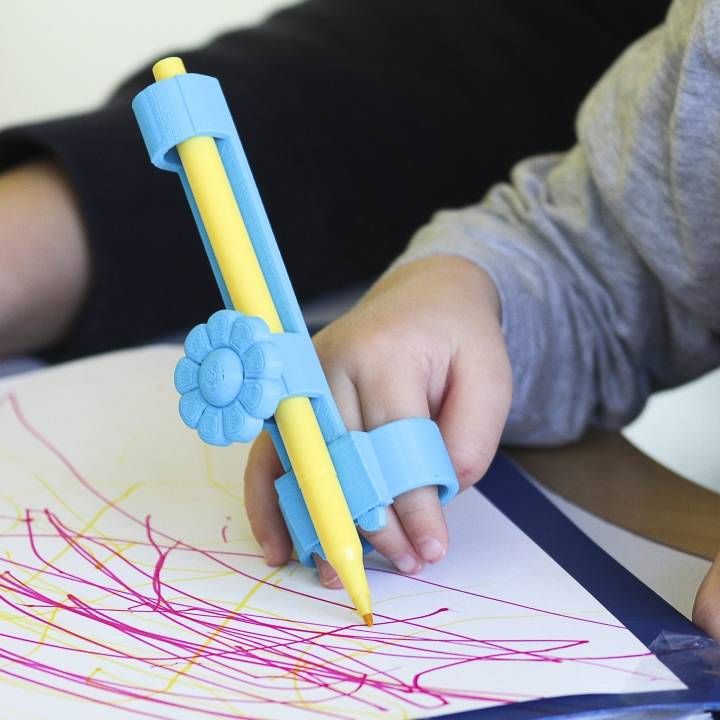 2014
2014
Chromat. Formula 15 collection. Spring-summer 2015
Michael Schmidt, Francis Bitonti. Dita Von Teese dress. Laser printing (SLS). 2013
Iris van Herpen, Julia Koerner, Voltage Show. Print materialize. 2013
Iris van Herpen. Crystallization Collection. Summer 2010
Iris van Herpen. Autumn-Winter 2013-14
3D printers can print elements from which plastic fabric is then woven. Either from this fabric, or directly from plastic, dresses, bathing suits, shoes are created. Iris van Herpen has released several collections of 3D printed dresses and shoes. United Nude prints shoes designed by famous designers and architects: Zaha Hadid, Rem Koolhaas, Ross Lovegrove. But the most famous piece of clothing created using this technology is Dita Von Teese's mesh nylon dress. nine0003
#Cast is a custom tire consisting of the letters that the patient most often typed on Twitter. Manufacturer FATHOM, designer Eva DeCapri (USA). 2014
Prosthesis on the model of the patient's skull. Photo from Walter Reed Hospital in Washington
Photo from Walter Reed Hospital in Washington
Arm splint. The developers are UCLA School of Architecture and Urban Planning students Nicholas Solakian, Peter Nguyen and Derek Buell. 2013
Medicine is the most promising application for 3D printing. By scanning the surface of the body, it is possible to create fixation bandages that exactly match the anatomy of a particular patient, “custom” prostheses and implants that reproduce lost parts of the skeleton. One unfortunate man who lost half of his face had the missing half printed on a 3D printer. There is no photo of this person here, but you can easily find it if you wish. nine0003
Printer self-reproduction
There are printers that can print parts of themselves. Undoubtedly, in the coming years they will learn to breed.
Growing donor organs
3D printing technologies for living tissues and organs are being developed. Living cells are used as the material, with which the printer "seeds" the matrix.












